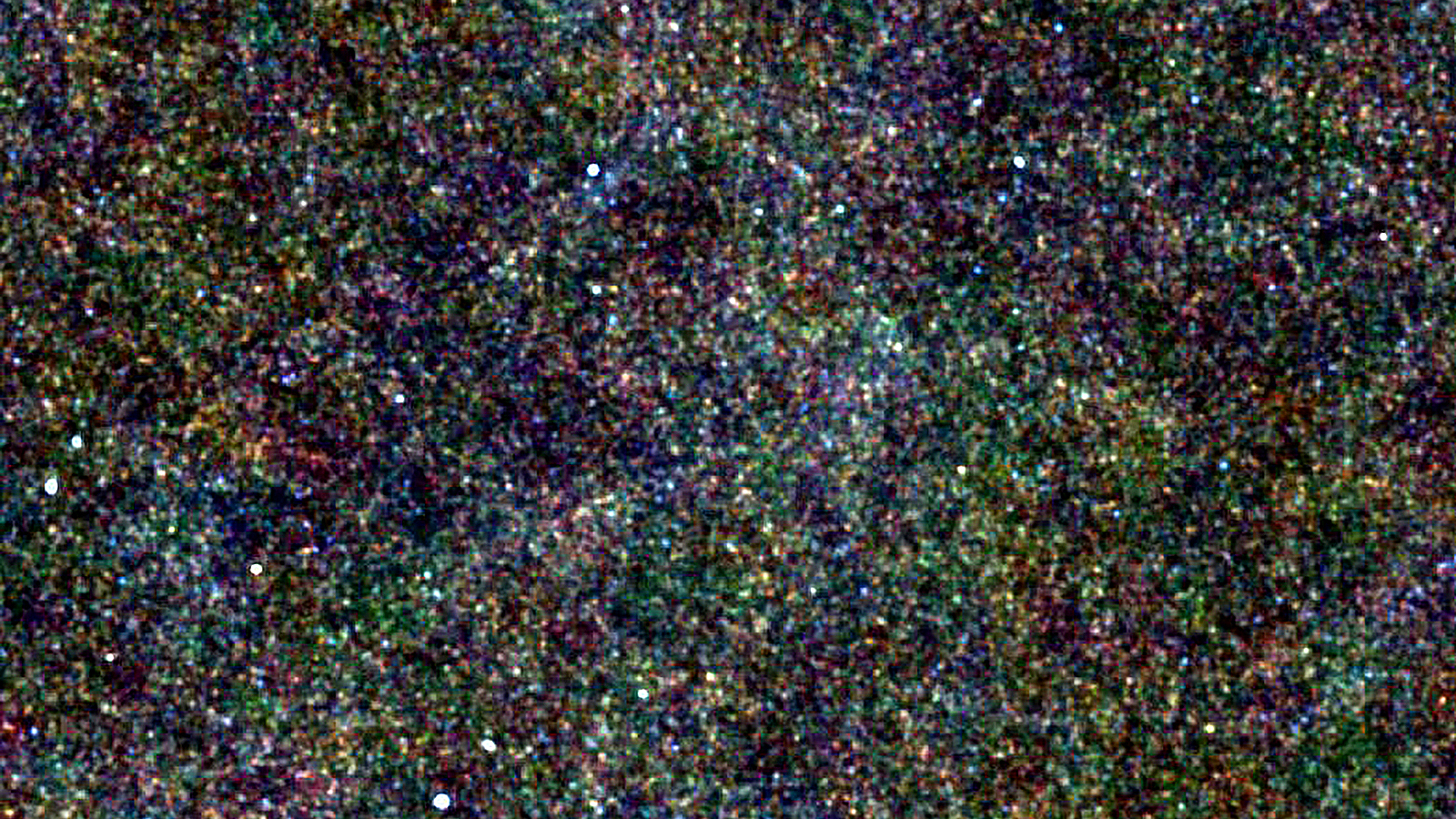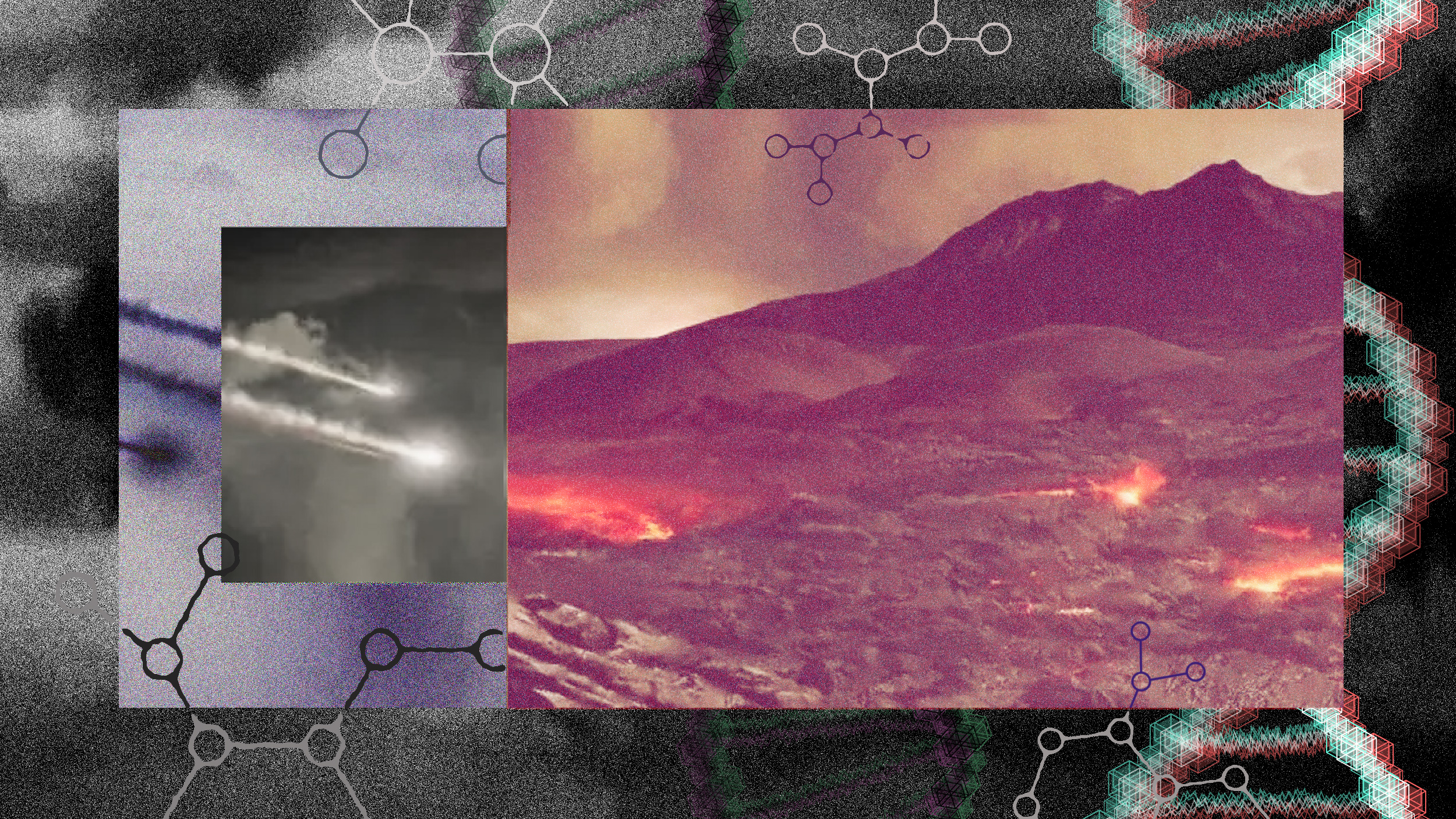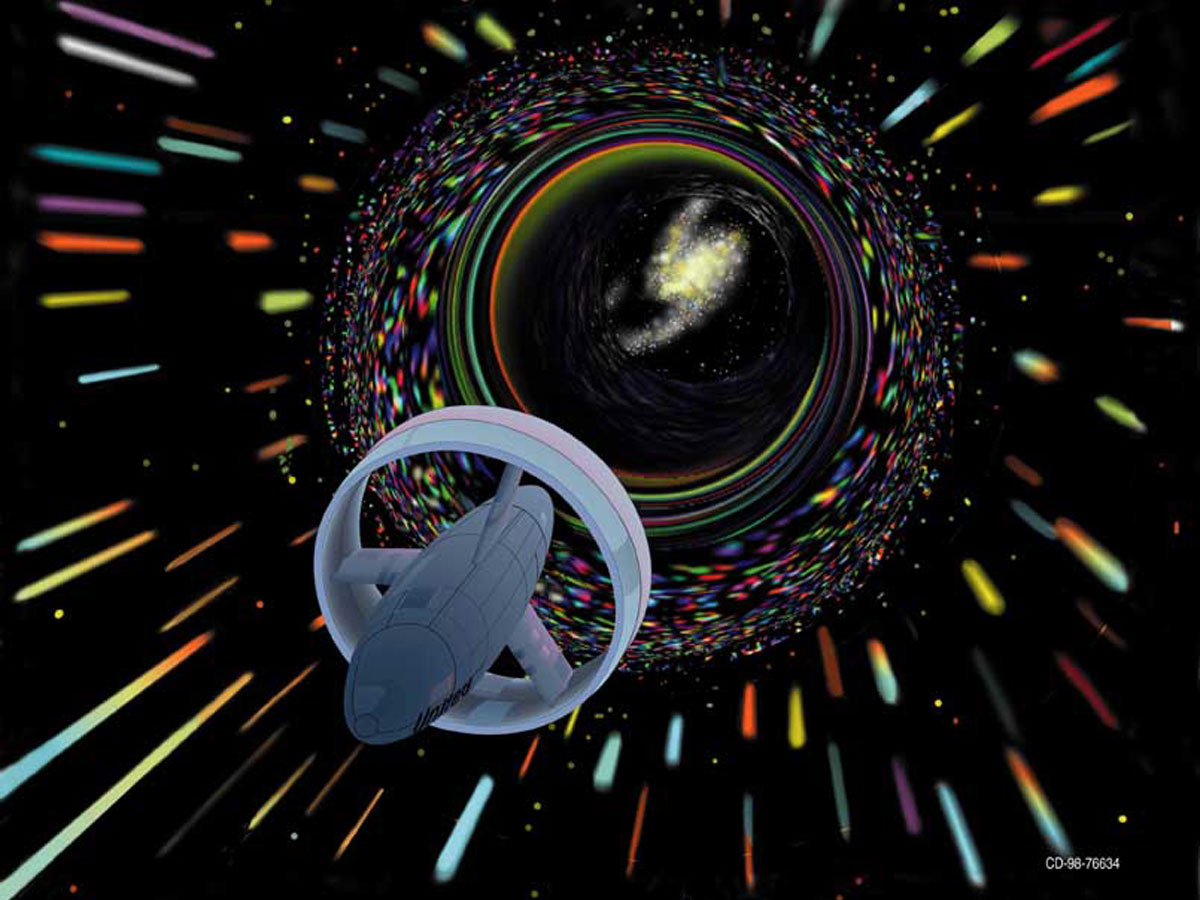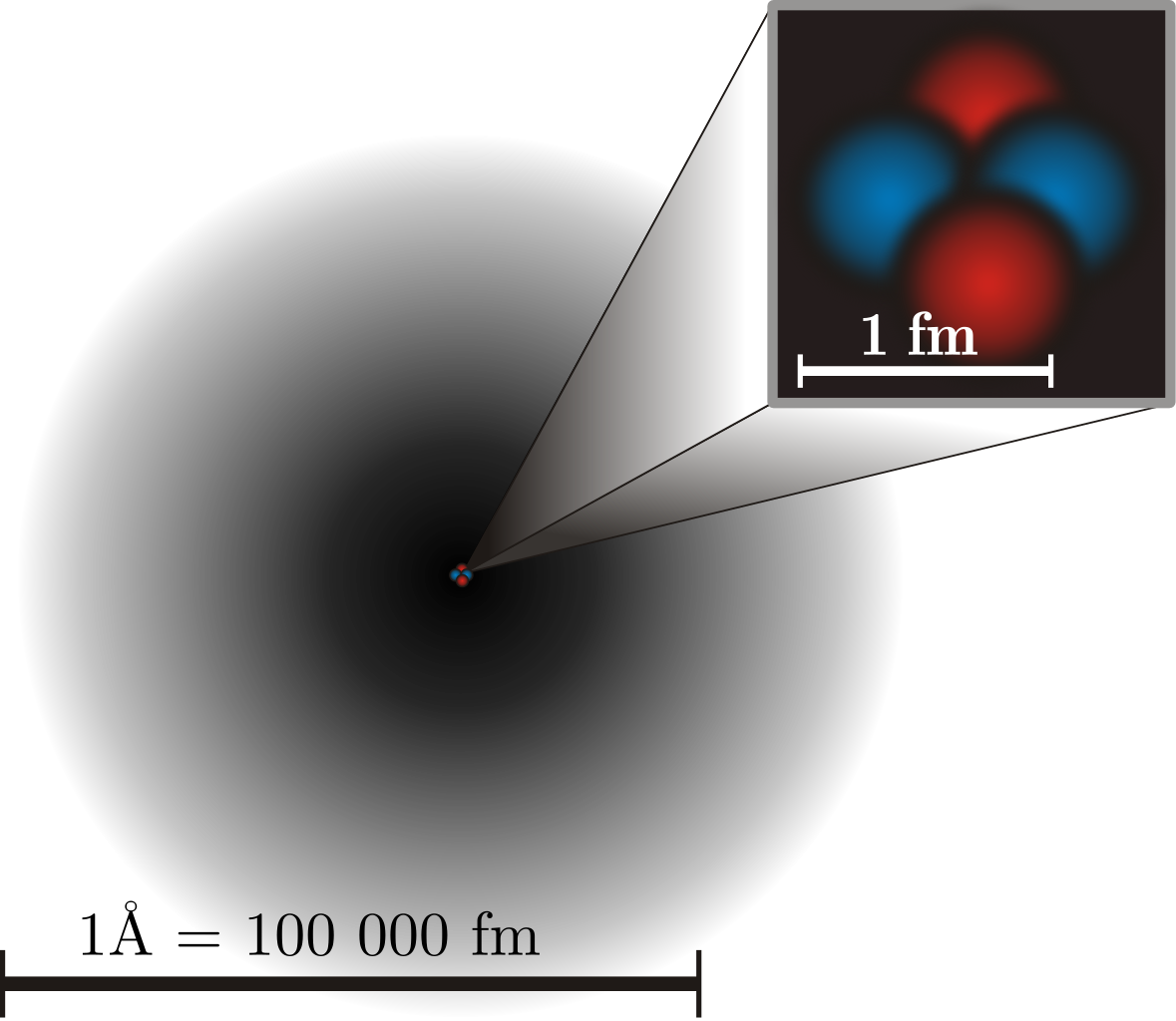We only detected our very first gravitational wave in 2015. Over the next two decades, we’ll have thousands more.
Search Results
You searched for: gravity
A new model addresses a longstanding problem: where do quasars get the fuel they need to outshine entire galaxies?
Named “Supernova H0pe,” it shows how JWST plus gravitational lensing can be used to solve the greatest puzzle facing astronomy today.
The last naked-eye Milky Way supernova happened way back in 1604. With today’s detectors, the next one could solve the dark matter mystery.
A great many cosmic puzzles still remain unsolved. By embracing a broad and varied approach, particle physics heads toward a bright future.
Even at its faintest, Venus always outshines every other star and planet that’s visible from Earth, and then some!
When what we predict and what we measure don’t add up, that’s a sign there’s something new to learn. Could it be a new fundamental force?
Perhaps the most remarkable fact about the Universe is simply that it, and everything in it, exists. But what’s the reason why?
There are many things that separate science from ideology, politics, philosophy, or religion. Follow these 10 commandments to get it right.
Everything we observe beyond our Local Group is speeding away from us, omnidirectionally. If the Universe is expanding, where is the center?
Although early Earth was a molten hellscape, once it cooled, life arose almost immediately. That original chain of life remains unbroken.
Without wormholes, warp drive, or some type of new matter, energy, or physics, everyone is limited by the speed of light. Or are they?
Known as hypervelocity stars, we originally thought just one would be ejected every 100,000 years. The real number is much greater.
Even with the quantum rules governing the Universe, there are limits to what matter can withstand. Beyond that, black holes are unavoidable.
Our own galaxy, the Milky Way, is both completely normal and absolutely remarkable in a number of ways. Here’s the story of our cosmic home.
With sodium-sensitive eyes, we’d see it every new Moon. With no detectable gases, the Moon appears to be atmosphere-free. The Moon as seen from a view above the majority of Earth’s […]
Over time, the Universe becomes less dominated by dark matter and more dominated by dark energy. Is one transforming into the other?
In the largest star-forming region close to Earth, JWST found hundreds of planetary-mass objects. How do these free-floating planets form?
Over 50 years since humans last walked on the Moon, astronaut footprints and rover tracks are still visible. But they won’t last forever.
Atomic clocks keep time accurately to within 1 second every 33 billion years. Nuclear clocks could blow them all away.
Protons and neutrons are held together by the strong force: with 3 colors and 3 anticolors. So why are there only 8 gluons, and not 9?
With the invention of the leap year, the Julian calendar was used worldwide for over 1500 years. Over time, it led only to catastrophe.
The conservation of energy is one of the most fundamental laws governing our reality. But in the expanding Universe, that’s just not true.
The Universe is expanding, and the Hubble constant tells us how fast. But how can it be a constant if the expansion is accelerating?
Most of us will never run a 4 minute mile. But on a bicycle, almost anyone can do it. As human beings, we often take for granted how our bodies work. […]
Some fascinating observations of K2-18b have come along with horrendous, speculative communications. There’s no evidence for oceans or life.
Time isn’t the same for everyone, even on Earth. Flying around the world gave Einstein the ultimate test. No one is immune from relativity.
It’s the ultimate setup for a Thanksgiving Day disaster. The physics of water and its solid, liquid, and gas phases compels us not to do it.
Even if a balloon flies directly overhead, attempting to shoot it down with a conventional firearm is stupid, ineffective, and dangerous.
Due to chaos, it was long thought that planets couldn’t stably orbit systems containing three stars. GW Orionis is the first counterexample.





























